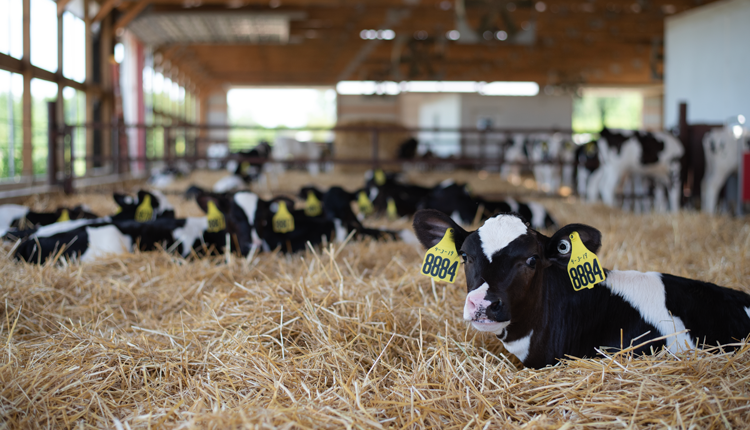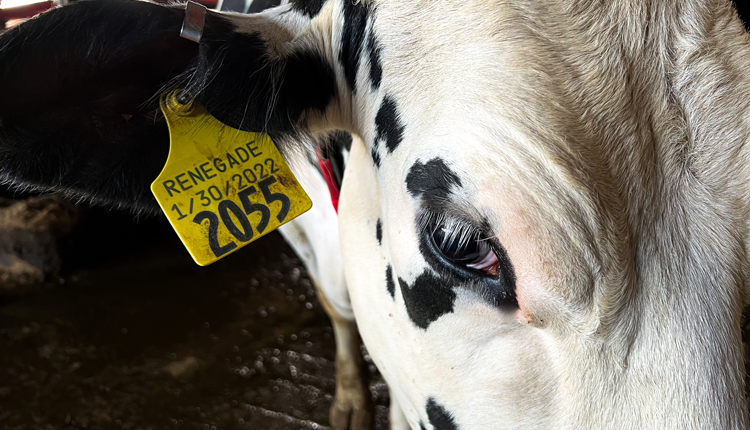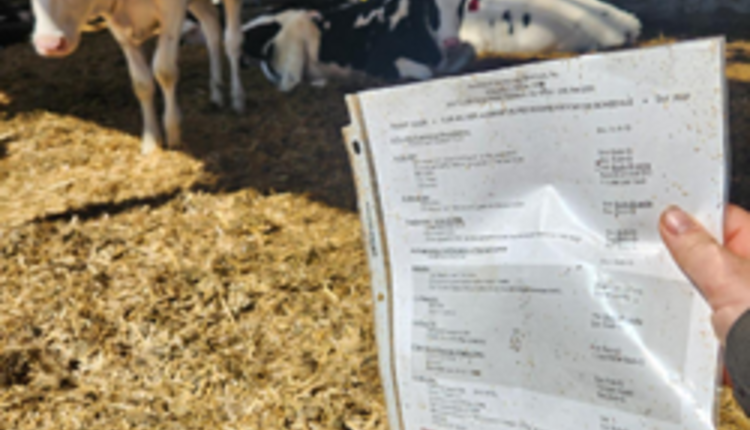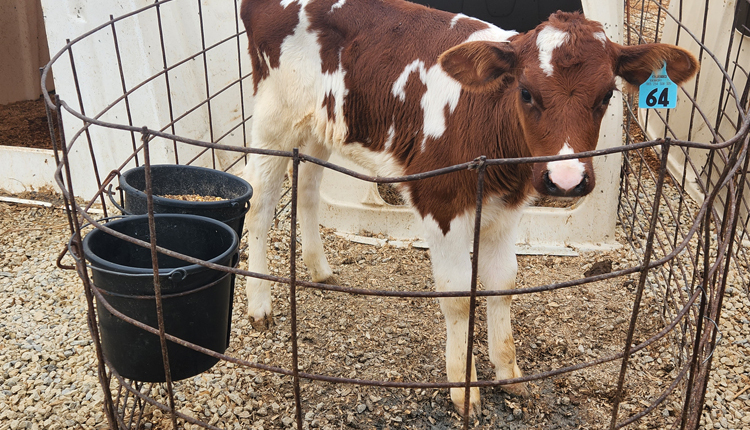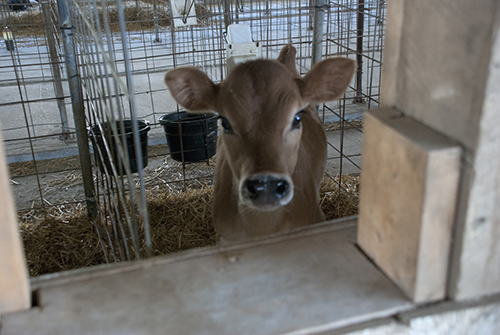
Not long ago, calf care was a bit of an afterthought, and many young animals received a standard serving of milk that was adequate for survival and some growth. In the last several years, developments in calf rearing have allowed producers to take advantage of the high potential for growth during this period by feeding higher quality milk or milk replacer.
This movement toward accelerated calf growth has boosted weaning weights and reduced weaning ages, while automatic feeders and group housing management strategies have aided the process. However, high milk consumption does not equate to rapid rumen development.
Calves are born with a completely undeveloped rumen, and by the time that calf reaches weaning age, it must have populated the rumen with adequate levels of bacteria that will allow it to consume and digest forages and grain. The responsibility for this development lies solely on producers' abilities to ensure calves are consuming adequate amounts of grains and forages to grow these bacteria populations. According to Jud Heinrichs, a professor of dairy science at Penn State, it takes about three weeks for the rumen to be fully developed after the calf reaches a daily consumption rate of 0.25 to 0.4 pounds of grain or starter per day.
The calf's rumen develops in stages beginning with milk, which serves as one of the first sources of rumen bacteria. As dry feed enters the rumen, it encounters water and an oxygen-deprived environment that aids in additional bacteria growth. The rumen bacteria produce acids as they develop, dropping the pH and further stimulating cells in the rumen wall. The whole process takes some time, and calves weaned before this process is completed are susceptible to a slowed growth rate. Some calves may even lose body weight for up to three weeks following a premature weaning.
Heinrichs offered four tips for ensuring high consumption and good rumen development:
- Keep calves healthy by providing a clean, well-ventilated environment
- Feed milk or milk replacer at a rate of less than 14 percent of body weight per day
- Monitor grains and starters to prevent mold, dust and poor palatability
- Allow the calf free access to water
 The author is the 26th Hoard's Dairyman editorial intern. This fall she will be a senior at Kansas State University in Manhattan, Kan. At KSU, Maggie is double majoring in agricultural communications and journalism and animal sciences and industry. Seiler grew up on a 130-cow registered Holstein dairy in Valley Center, Kan., near Wichita.
The author is the 26th Hoard's Dairyman editorial intern. This fall she will be a senior at Kansas State University in Manhattan, Kan. At KSU, Maggie is double majoring in agricultural communications and journalism and animal sciences and industry. Seiler grew up on a 130-cow registered Holstein dairy in Valley Center, Kan., near Wichita.
